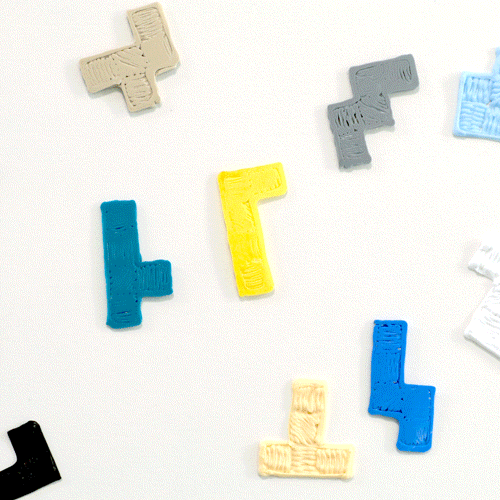Our students come to us ripe with imagination. Every teacher has been an audience to the fantastic tales spun by a kindergartener. I recall one tiny, freckled girl who came to class each day wearing a Wonder Woman cape and snow boots, even in May.

She earnestly nodded her head, as she promised me that fairies really did make her lunch. I asked her mom if she had shared this creative fib in order to get her daughter to eat. She smiled and shook her head no, explaining that this was all her daughter’s idea, along with her “eclectic” fashion sense.
Research indicates that from an early age, strong-willed creative thinkers have the potential to become the leaders and innovators of tomorrow. So, how do we resist standardized teaching methods, and, instead, cultivate and enhance our naturally creative thinkers? Last year, I added the 3Doodler to my list of back-to-school supplies and the results were astounding.
Any teacher who has worked with primary students can share their limited attention span. To go over 30 minutes lecturing, you risk them turning on you. There is nothing sadder than witnessing a novice teacher who has lost her audience, desperately flailing about to recapture their attention. The 3Doodler not only engages elementary students, who are naturally doodlers; it captivates and sustains their attention. Have you ever watched a student get lost in thought? It’s a wonderful thing.
This is where learning naturally happens. While directed learning is necessary, it can sap the joy out of doodling. The most fantastic ideas can result from free exploration. Like the child who proudly displayed her “tooth-pulling machine,” she’d designed with her 3Doodler, as she wiggled her loose front tooth with the tip of her tongue. She told me that this idea had been “hidden in her head for a long time.” This invested focus, allows students to creatively solve problems that are meaningful to them.

In directed learning, students are much more likely to enjoy adding and subtracting when they can create their own counting sticks or doodle illustrations for touchable word problems. The creative thinking that stems from self-directed discovery, solidifies learning. Students’ doodles make their thought processes visible to their teacher, even when their literacy skills are limited.
When 3Doodling, students’ hands-on free-associations may trigger acquisition and enhance retention of knowledge. According to Bloom’s Taxonomy, transferring learned concepts to abstract or novel applications is considered the highest level of learning. The 3Doodler naturally inspires this type of imaginative transference with very little effort on the part of the teacher. Great ideas stem from the seeds of imagination. What appears to be a frivolous doodle of a tic-tac-toe game, may lead students to develop creative and complex mathematical strategies.
The creative mind promulgates a sense of pride and self-esteem, as students become true makers and innovators. The 3Doodler allows students to share their ideas in concrete and visuals ways. What a powerful thing imagination can be when allowed to come to fruition in the hands of a child. Students are no longer told that their ideas are impossible.
"What a powerful thing imagination can be when allowed to come to fruition in the hands of a child. Students are no longer told that their ideas are impossible. Instead, they are encouraged to try them, modify them, and test them." Share
Instead, they are encouraged to try them, modify them, and test them. Einstein was a great visualizer. In his mind’s eye, he could “play” with ideas. This led him to some of his most amazing discoveries and theories. Not all of us are as fortunate to be as innately inclined to mentally play with ideas as Einstein. The 3Doodler inspires this type of visually creative thought. And, it is this coupling of ideas with hands-on modeling, which inspires confidence–a sense of what I like to call, “Look-what-I-made-pride.”

According to experts like Daniel Pink and Sir Kenneth Robinson, creative thinking is the most important skill for success in the 21st century. The world is a complex place, with needs that cannot be met through replication of standardized thought patterns. Now, more than ever, we need thinkers who can “draw” upon their imaginations to design new paths.
It is incumbent upon each of us as teachers to make the time and share the tools that will allow this type of fluent and flexible thinking to flourish. So, how do you know if your students are ready for the 3Doodler? Can they hold a crayon? That’s a good start. It all begins with a doodled line and where it ends, who can imagine?







